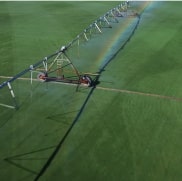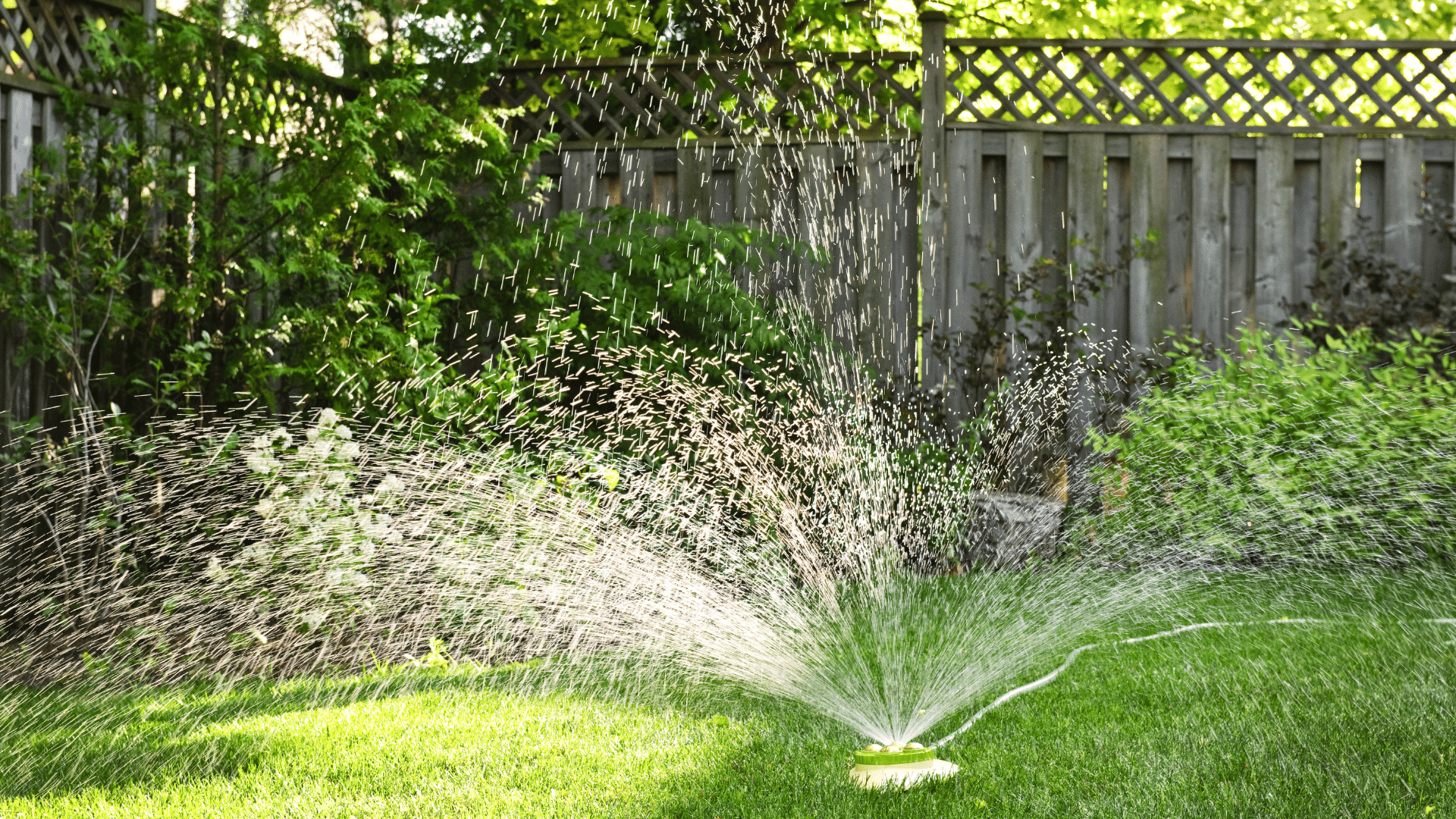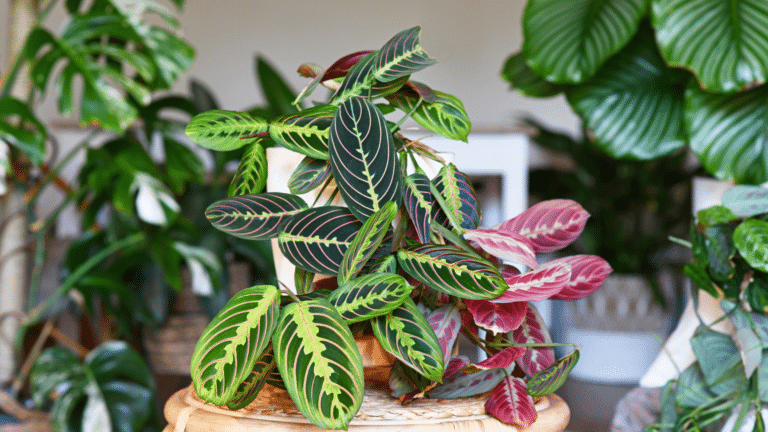1” to 1 ½” a week of watering. or 1” of water absorbs 4” to 6” in soil.
By Square footage:
.62 gallons or 1” water per sq. Ft. 1000 sq. ft. X .62 = 620 gallons
Watering by sprinkler:
Measure how long it takes to fill a rain gauge 1” or ½” x 2. or use a 1” cooking pan. Once it is filled, that is how long it takes to water according to your water pressure.
Timing
Morning is the best time to water. Cooler, less wind, water can soak in and not evaporate out. If evening water, allow grass to dry by nightfall to avoid disease.
Watch to see how much the soil is absorbing. If you see water runoff, then water it twice a week. May need to hand water by corners and edges or next to buildings. These areas may be missed by sprinklers and can reflect heat and dry out faster.
Do not water daily. This can flush nutrients from the soil, create shallow roots, kills microbes. Let the lawn dry in between watering’s. Most grass can tolerate dry conditions, once a week during dry times is sufficient.
If water restrictions are applied in summer, reduce watering gradually instead of a quick stoppage. This gives grass time to acclimate to water shortages.
If you cannot water, then let the lawn go dormant. Grass can stay dormant for a month without the grass dying. If it is a prolonged drought or heatwave, then water once every two weeks with ½” to 1” of water. This will keep the plant crowns hydrated and the lawn healthy during dormancy. Stay off dormant lawns. Once rain and cooler temperatures return, the grass will start to grow within a week.
Additional Watering Tips:
Aerate the lawn, this helps for maximum water penetration.
Mow to 3” to 3 ½”. Taller grass has a deeper root system as opposed to a short grass with shallow roots that require more water.
Do not thatch in summer.
Footprints on the turf that bounce back means the grass is hydrated. Footprints that stay in the turf for a time indicate drought stress.










